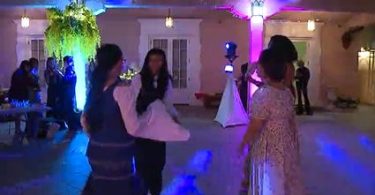The Jan. 28 Hawkmates Mass brought to light a lack in St. Joe’s efforts to be more inclusive and welcoming towards the LGBTQIA+ community. One of the blessings for the attending couples used exclusive language and terminology such as, “husband” and “wife,” despite the Mass being open to all Hawkmates, not just heterosexual couples.
According to St. Joe’s website on the LGBTQIA+ Support and Resources page, “Saint Joseph’s is committed to creating a campus environment where members of the LGTBQIA+ community feel welcomed, safe, respected and valued.”
To its credit, St. Joe’s has attempted to create LGBTQ-inclusive spaces. There are various initiatives and support groups, such as The Alliance and the Trans-Inclusion Working Group, which are composed of faculty and staff, and aim to provide resources in order to foster a safe environment for LGBTQ members of the St. Joe’s community.
However, the university as a whole has neglected to make the concrete, institutional changes necessary to promote the welcoming environment they are striving for.
It is St. Joe’s responsibility to ensure all students and alumni feel included and respected as community members, and as human beings of all identities. This begins with an initiative to become more conscious of the university’s words and actions in regard to LGBTQ community members, as well as engaging in a consistent and maintained effort to treat them with dignity and respect.
It is easy to promise a commitment to creating an inclusive environment. However, if the members of that community feel unwelcomed, it is clear the necessary actions have yet to be made.
St. Joe’s has the ability to reject this exclusive language by acknowledging and vocally affirming Pope Francis’ recent announcement allowing for Catholic priests to bless LGBTQ couples, despite the opportunity for priests to opt-out of this decision. As of Feb. 19, St. Joe’s has shown no such acknowledgement nor support of Francis’ statement.
We call on the university to foster a more inclusive environment for LGBTQ community members by taking actionable and concrete steps. More fundamental changes, rather than a “one and done” mission statement and support groups created secondarily, must be implemented to ensure that LGBTQ inclusion is embedded within the structure of the university itself.






